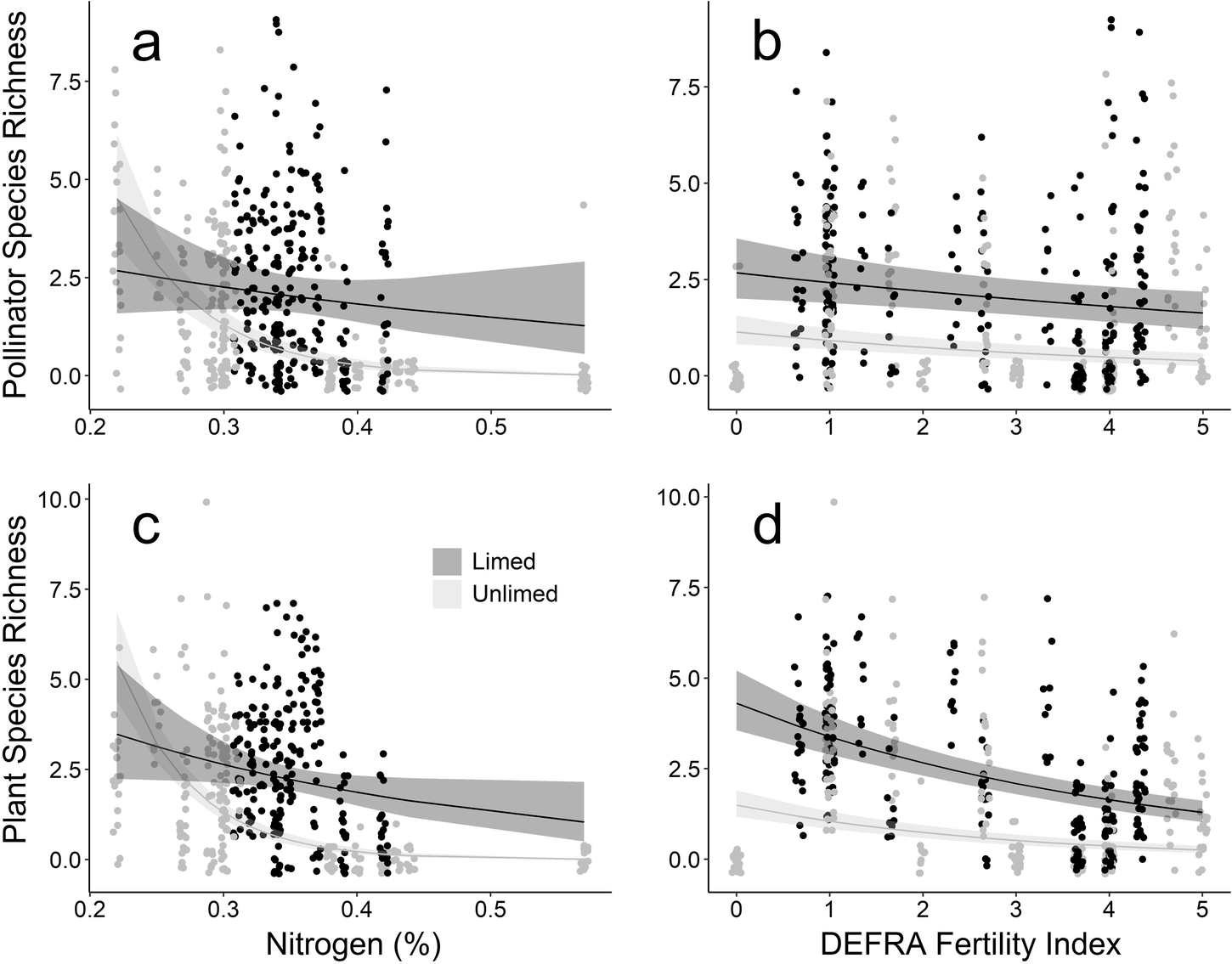2025-01-27 サセックス大学
<関連情報>
- https://www.sussex.ac.uk/research/full-news-list?id=66973
- https://www.sciencedirect.com/science/article/pii/S0048969725000737
- https://tiisys.com/blog/2024/02/02/post-132832/
鳥の巣に動物用医薬品が多く検出される High prevalence of veterinary drugs in bird’s nests
Cannelle Tassin de Montaigu, Gaetan Glauser, Sylvie Guinchard, Dave Goulson
Science of The Total Environment Available online: 27 January 2025
DOI:https://doi.org/10.1016/j.scitotenv.2025.178439
Graphical abstract

Highlights
- Fur-lined nests potentially expose birds like blue and great tit to harmful chemicals.
- All 103 nests tested contained fipronil and most also contained imidacloprid and permethrin.
- The most common insecticides in bird nests are used as veterinary drugs.
- Higher insecticide levels were linked to increased offspring mortality.
- Thorough Environmental Risk Assessment of veterinary treatments is lacking.
Abstract
The environmental impact of insecticides used as ectoparasitic treatments for companion animals is not well understood, since they are not subject to detailed environmental risk assessment. Many of these treatments include active ingredients such as fipronil and imidacloprid that are banned from agricultural use in the EU. These treatments are applied topically and can remain on the animal’s fur for an extended period of time. Birds (adults, eggs, and nestlings) using fur as an inner layer for their nests have the potential of being exposed dermally to these chemicals. In this study, we collected 103 nests from blue and great tits, which were lined with fur. Using UHPLC-MS/MS, we detected 17 out of the 20 insecticides we screened for, with the number of insecticides detected per nest ranging from 2 to 11. Fipronil, imidacloprid, and permethrin were detected in 100 %, 89.1 %, and 89.1 % of samples, respectively. The average concentration of fipronil, imidacloprid and permethrin were respectively 115.5 ppb, 376.3 ppb, and 231.1 ppb. Dinotefuran was found at the highest concentration of 7198 ppb in a single sample. Overall, a higher number of either dead offspring or unhatched eggs was found in nests containing a higher number of insecticides, higher total concentration of insecticides or a higher concentration of fipronil, imidacloprid or permethrin, suggesting that contact exposure of eggs to insecticides in nest lining may lead to mortality and lower reproductive success. This highlights the need for a re-evaluation of the environmental risks associated with use of these potent and persistent insecticides on companion animals.



 個人所属 ロビンソン式R22Beta型(回転翼航空機)の事故[墜落](神奈川県秦野市、令和3年10月7日発生)](https://tiisys.com/wp-content/uploads/2025/01/robinsonshiki-500x225.png)